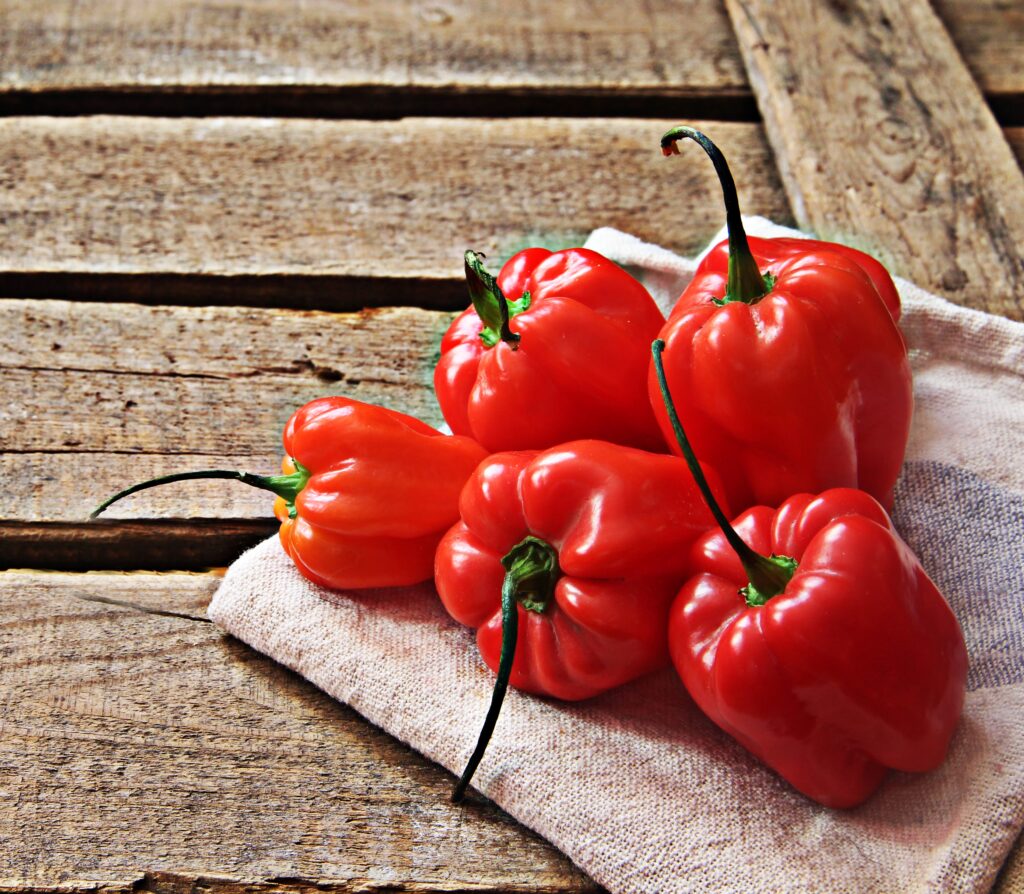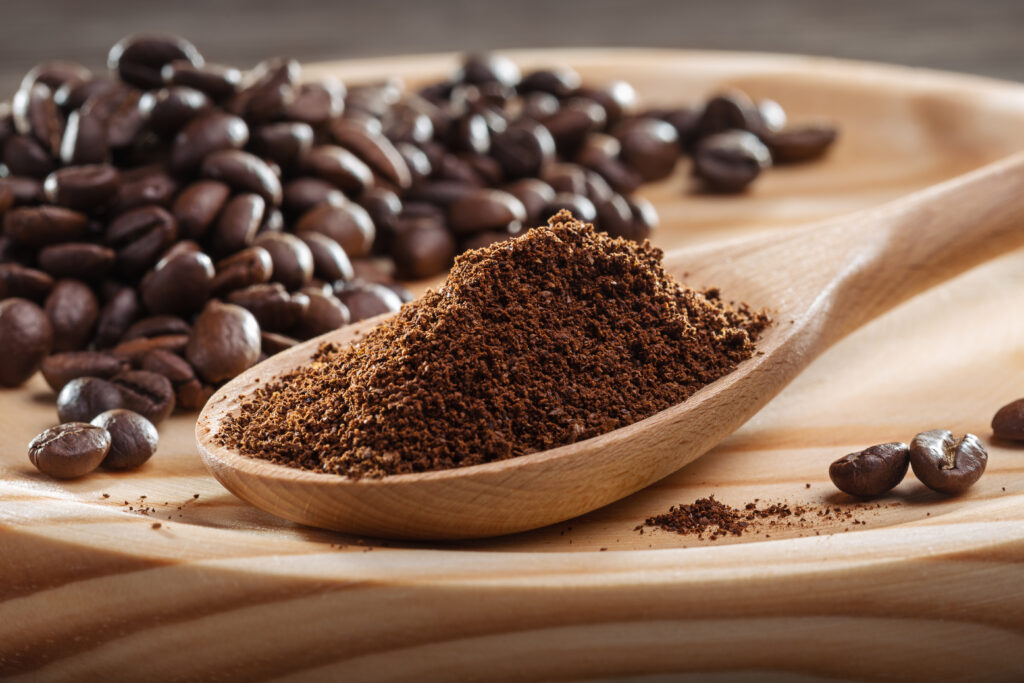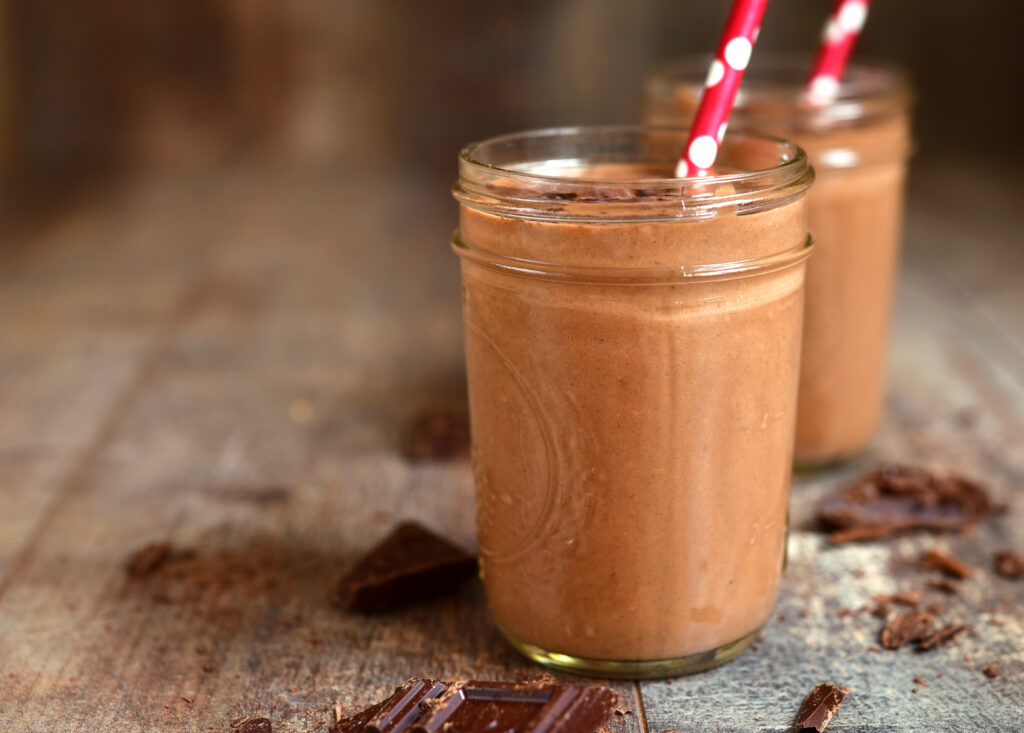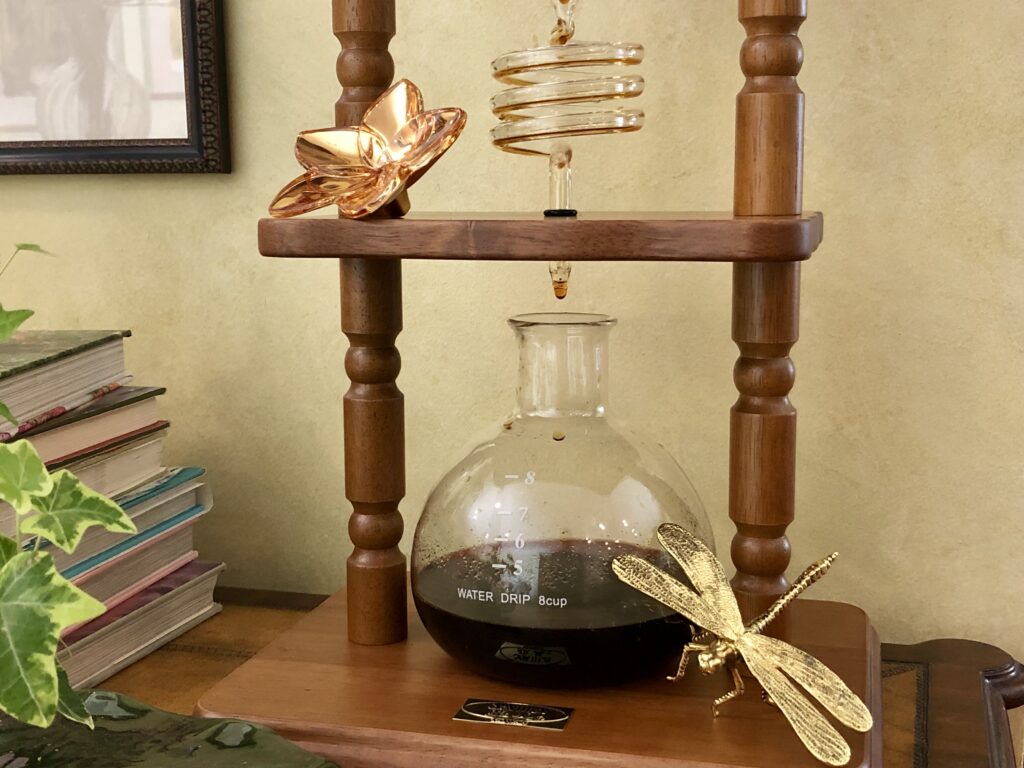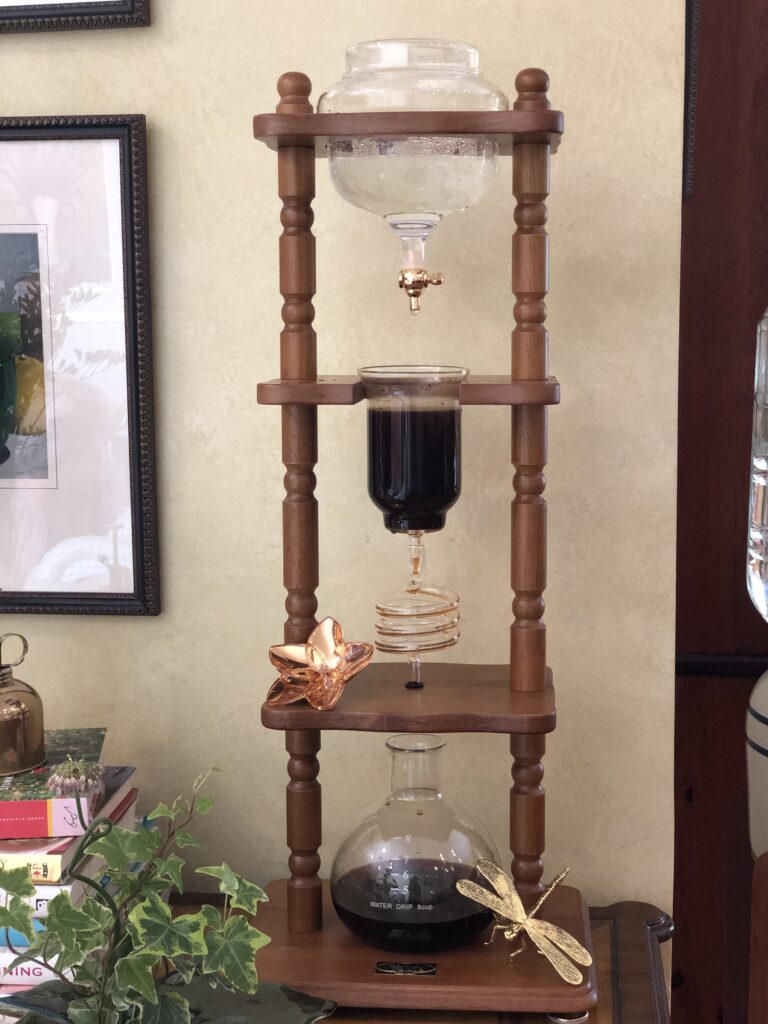Karen Sheer is the beauty behind the lifestyle site A Zest for Life. As a professional chef, writer, and caterer, Karen specializes in creating innovative and original recipes that include fresh, local, and organic ingredients. Karen collaborated on my book, Hamptons Entertaining, and I am absolutely thrilled to share our conversation about making the most of summer entertaining. Karen gave me her thoughts on summer cuisine, decadent treats, and the ways in which food can become the centerpiece of all your summer events. I hope you enjoy and find many of these tips useful as you plan your own summer menus!
Q&A
AF: Your site is meant to inspire a zest for life. How does food inspire you?
KS: Good food leads to mindful eating. Beautiful, wholesome food is organically inspiring. I like to inspire my clients and my readers to taste with all their senses. Good food needn’t be complicated; it just takes a “zest for life” and the dedication to cook for yourself and your family. Get going!
AF: What are some of your favorite refreshing summer recipes?
KS: I’m all for cooking outdoors in the summer—who wants to turn on the oven? So my grill works overtime. I like to make frozen treats ahead of time, so dessert is ready to go. Honeydew Granita (Recipe Below) is a refreshing favorite of mine. I add a little spirulina (a natural blue-green algae) for color. Summertime Panzanella Tomato Salad—You should be eating this right now!
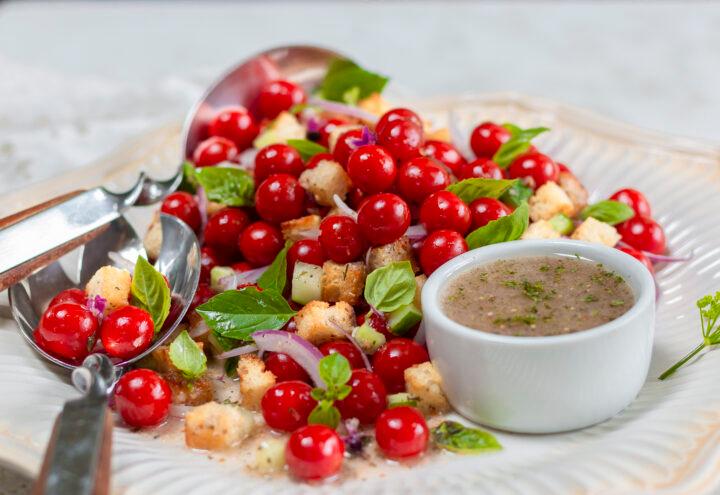
AF: Do you have suggestions for healthful indulgences?
KS: Use quality ingredients and don’t feel guilty about indulging on real, homemade food. With that said, I don’t batter and deep fry much at home—I’ll save that indulgence for dining in a restaurant. Heirloom Tomato and Melon Salad with Goat Cheese and a Date-Balsamic Dressing is a healthy indulgence I love! Letting the natural flavor shine through in their purest form result in the most delicious and gratifying recipes.
AF: What recipes can be made ahead to allow a host more time with guests on party day?
KS: This is such an important topic! When figuring a menu for a party the time line is so important. To enjoy your company, have the first course ready, with only a little tossing or heating up left to do. Make seasonings, sauces, salsas, and dips a day before. I can even sauté fish ahead of time, searing it on both sides just before the guests come, and then popping it in the oven as we eat the first course. Dessert made ahead is a godsend. I love homemade frozen treats—and homemade cookies.
You can’t go wrong with stews as they reheat beautifully. In the summer, maybe the one thing you do is grill as the guests arrive; some like to observe the action and might even participate!
AF: What’s one versatile recipe that could work equally well for an upscale event and casual gathering?
KS: Annie, I love your approach to this one—you can’t go wrong with lobster salad! I make miniature eclairs from pâte à choux dough and use them as vessels for lobster salad with some colorful and crunchy radish microgreens on top. And Salmon Brochette Salad with Minted Lime Dressing, Toasted Quinoa, and Pistachios is full of flavors and bright colors.
AF: You have a lovely recipe for carrot sorbet; please share it with us, and some ideas on how to serve it.
KS: My Carrot Sorbet was an experiment. It’s different, hydrating and refreshing. I’ve seen Farm to Table restaurants serve savory ices as a first course with a little chopped salad, so I tested a recipe on that principle. It’s a little unusual for a dinner party, yet I think the host would get rave reviews—for the dish and the chutzpah—when serving it! Simply serve this as an intermezzo: it’s bright color and clean flavor will be a hit. How about with a few pinches of microgreens on top? Or serve it as I have, with my Super Crunch Salad on the side or scooped over the top.
AF: What is the most important thing to keep in mind when shopping for summer groceries?
KS: Buy from the farmer who grows them! I visit a few farmers’ markets a week, and make grocery lists. Part of the fun is creating recipes from the offerings and being flexible. Sugar snap peas have just come to market this week and my mind was tossing around ideas for a sugar snap pea pesto with spring garlic. We’ll see about that one!
Karen’s Honeydew Granita with Spirulina
Karen adds just a bit of spirulina, a blue-green, nutrient-rich algae in a powdered form, to this refreshing dessert. Though not difficult, this recipe requires chilling and freezing time, so plan ahead.
Serving Size: 2 Pints of Granita







